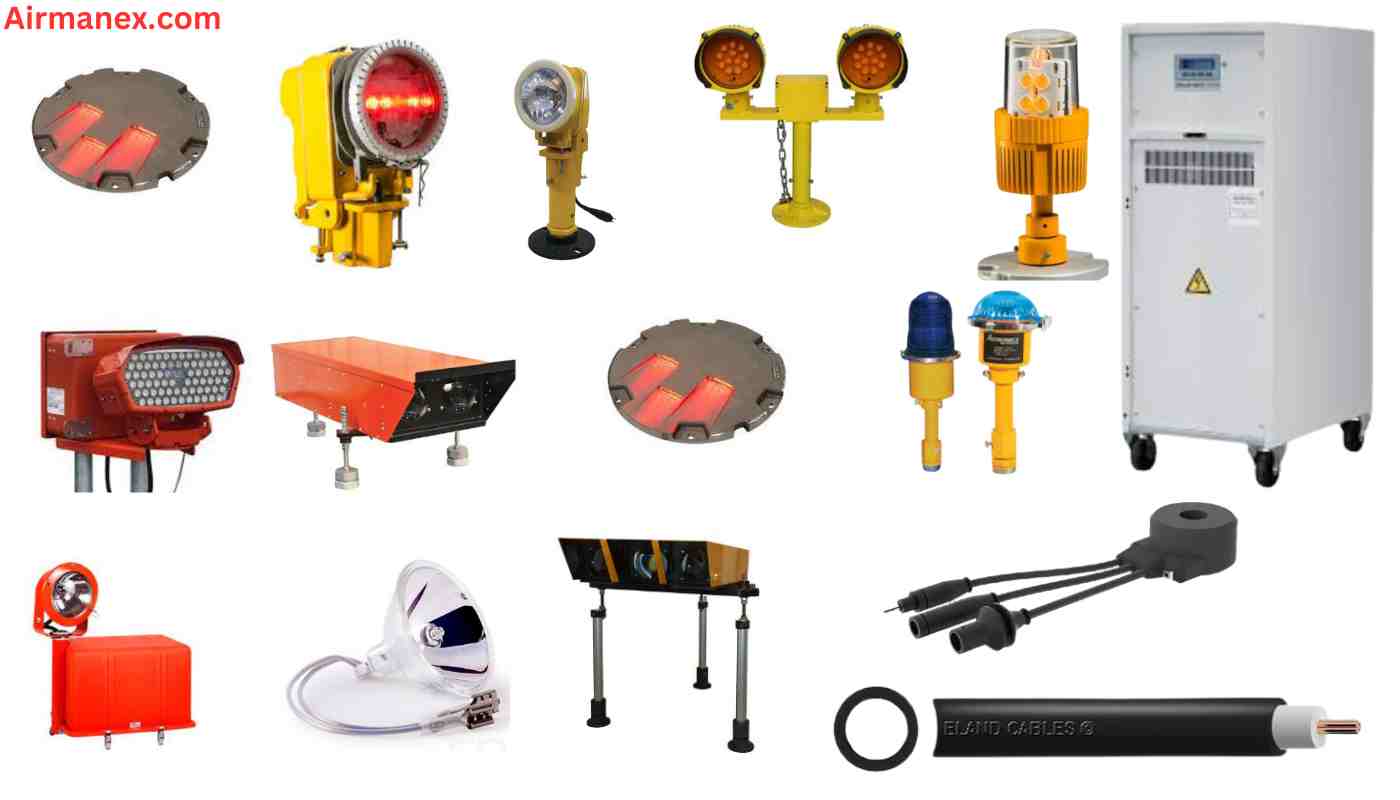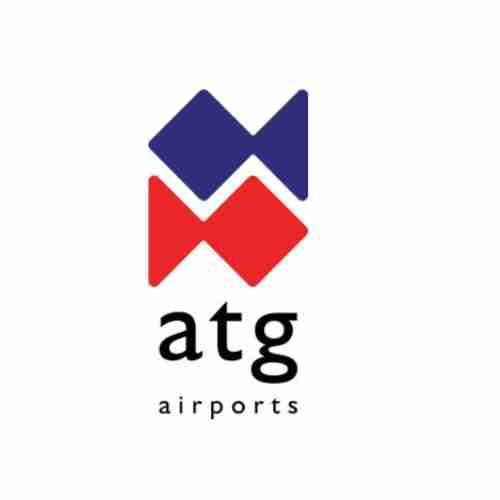Airfield Ground Lighting Runway and Taxiway in China in 2024
The ascent of China’s aviation industry has been nothing short of phenomenal. As passenger traffic surges and new airports sprout across the country, ensuring the safety and efficiency of air travel is paramount. Here’s where airfield ground lighting (AGL) takes center stage, guiding pilots with precision through the skies, especially during low-visibility conditions.
In this comprehensive blog post, we’ll delve into the world of AGL systems in China, exploring the latest technologies, compliance standards, and the vital role they play in the nation’s aviation success story. Buckle up as we illuminate the fascinating world of runway and taxiway lighting in the Land of the Dragon!

AGL Alphabet Soup Key Lighting Systems
A well-lit airfield resembles a meticulously choreographed light show, each element playing a critical role in pilot navigation. Let’s unpack some of the essential AGL systems illuminating Chinese airspace:
- LED Runway Lighting: Energy-efficient and long-lasting, LED lights are rapidly replacing traditional halogen lamps. Their directional precision minimizes light spillover, enhancing visibility for pilots while reducing environmental impact.
- In-Pavement Runway Lights: Imagine tiny beacons embedded directly within the runway surface. These innovative lights provide excellent guidance and improve serviceability compared to traditional elevated fixtures.
- Taxiway Edge Lights: These blue lights clearly delineate the taxiway’s boundaries, ensuring pilots stay on course during ground maneuvering.
- Centerline Taxiway Lights: A series of white or yellow lights running down the center of the taxiway, these fixtures provide vital directional cues for pilots navigating complex taxiway layouts.
- Precision Approach Lighting (PAL) Systems: These sophisticated lighting arrays flank the runway approach, guiding pilots onto the correct glidepath for a safe landing.
- Runway End Identifier Lights (REILs): These bright red and white lights at each runway end serve as a double whammy – identifying the runway’s usable length and confirming its direction for landing aircraft.
- Constant Current Regulators (CCRs): Maintaining consistent light intensity is crucial. CCRs ensure a steady flow of electricity to airfield lights, guaranteeing optimal performance under varying conditions.
Exploring Advanced AGL Technologies
China’s AGL landscape is not limited to these fundamental systems. Here are some cutting-edge advancements taking flight:
- Solar-powered Airfield Lighting Systems: Harnessing the abundant sunshine, these eco-friendly systems reduce reliance on conventional energy sources, promoting sustainable airport operations.
- Pilot-controlled Lighting Systems: Imagine pilots having the power to adjust the intensity of airfield lighting as needed. These innovative systems empower pilots to tailor lighting conditions to their specific needs, enhancing safety and comfort.
Design, Installation, and Maintenance
AGL systems are not just a collection of lights; they represent a meticulously designed and maintained network. Let’s explore the intricate processes behind their success:
- Airfield Lighting Design and Installation: Expert engineers meticulously plan AGL layouts, ensuring compliance with ICAO (International Civil Aviation Organization) standards and considering factors like runway length, visibility requirements, and traffic volume. Skilled technicians then translate these plans into reality, installing the lighting infrastructure with precision.
- Airfield Lighting Maintenance and Repair: Like any complex system, AGLs require regular maintenance to function optimally. Trained personnel conduct routine inspections, identify and rectify faults promptly, ensuring the system’s continued reliability.
- FAA Compliance Testing for Airfield Lighting (for US-manufactured equipment): For US-supplied AGL equipment, ensuring adherence to FAA (Federal Aviation Administration) regulations is paramount. Rigorous testing procedures guarantee the equipment meets safety and performance benchmarks.
- Airfield Lighting Control Systems: The maestro behind the AGL symphony, these sophisticated control systems enable the centralized management, monitoring, and adjustment of lighting intensity across the airfield.
- Airport Lighting Retrofit Projects: As technology evolves, older AGL systems may not meet current standards. Retrofit projects breathe new life into existing infrastructure by upgrading fixtures and control systems with the latest advancements.
The Role of ICAO Standards
Imagine a pilot landing in Beijing after taking off from Berlin. To guarantee a smooth transition, a universal language of lighting is essential. This is where ICAO, the international governing body for civil aviation, steps in.
ICAO Annex 14, Aerodromes, establishes a comprehensive set of standards for airfield lighting. These guidelines ensure consistency and pilot familiarity across international borders. By adhering to ICAO regulations, China’s AGL systems seamlessly integrate into the global aviation network.
FAQs
What are the benefits of LED runway lighting in China?
LED lights are rapidly replacing traditional options in China’s airports. They offer superior energy efficiency, longer lifespan, and minimal light spillover, improving pilot visibility and reducing environmental impact.
What are taxiway edge lights used for in China?
Taxiway edge lights, typically blue in China, clearly mark the taxiway’s boundaries. This visual guidance helps pilots maintain proper positioning during ground maneuvering, enhancing safety on the airfield.
How do ICAO standards impact airfield ground lighting in China?
ICAO (International Civil Aviation Organization) sets global guidelines for airfield lighting. By adhering to these standards, China ensures its AGL systems are consistent with international airports, promoting pilot familiarity and seamless operation across borders.










